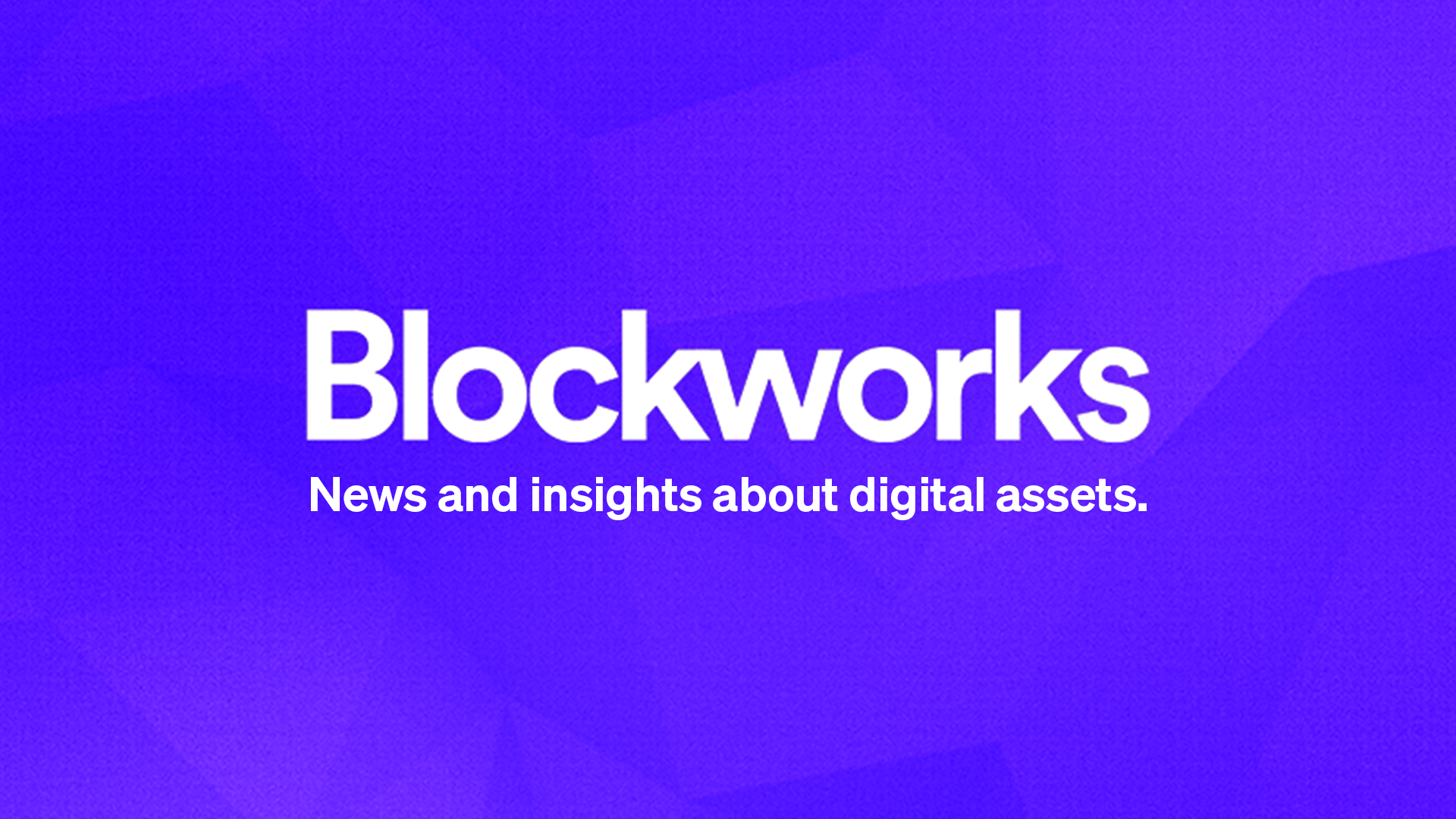ARTICLE AD BOX
We are inviting a crisis of innovation and security by allowing a small handful of elites to centralize control over AI compute. The monopolization of this critical resource stifles competition, creates dangerous single points of failure and restricts access to the most transformative technology in human history. We must embrace decentralized compute networks that democratize access and empower innovators globally. Without this shift, AI will be governed by profit-driven oligopolies, and its potential to serve the greater public good will be irrevocably squandered.
AI is not just a buzzword. It’s not just hype used in fundraising pitches or marketing decks. This technology is going to radically transform every aspect of society — how we work, play, communicate and create. Personally, I believe AI’s impact will rival, if not surpass, that of the internet, modern computing and even the printing press. I also think it will be central to solving the most pressing challenges of our time; diagnosing diseases with unprecedented accuracy, predicting climate patterns, making our cities smarter and providing us with personalized learning experiences, to name a few.
As AI models become more complex, so does the need for greater infrastructural support. So much so that computing resources are now being referred to as “the new oil.” In fact, over the last 13 years, the amount of computing power used to train AI systems has skyrocketed by a staggering factor of 350 million. Yet today, 90% of the world’s data and compute resources are controlled by a handful of corporations. This is not just an economic issue — it’s a structural vulnerability. One recent example of the risks inherent to centralization was the Crowdstrike outage — one of the largest IT failures in history, which disrupted critical services across healthcare, transportation and emergency sectors, and caused over $1 billion in revenue losses. The clearest takeaway is that when backbone infrastructure is centralized, the resulting single points of failure become a massive liability.
Read more: The intersection between crypto and AI is growing
Beyond security, centralization also stifles competition. In the US alone, the AI market is anticipated to climb from $118 billion in 2021 to nearly $300 billion by 2026. But if only a few players dominate the AI landscape, my fear is that smaller innovators will be locked out for good. This would create an environment where diverse perspectives and approaches — so vital to humanity’s greatest breakthroughs — are lost. The “end of the beginning” of the AI boom could easily be characterized by stagnation, where innovation is sacrificed in favor of protecting entrenched interests. And worse still, it will aid in the proliferation of existing biases by mirroring the priorities of these powerful corporations.
Decentralized compute offers a viable alternative. Distributed networks rely on open infrastructures and tap into unused computational resources, such as GPUs in personal devices and data centers that provide affordable compute power on a global scale. This allows more individuals and companies to participate in AI development, and fosters a more inclusive ecosystem.
Just as peer-to-peer platforms like Uber and Airbnb disrupted traditional industries by democratizing resources, decentralized compute networks can do the same for AI. By spreading compute power across a global network, these systems are more resilient and stand to deliver faster performance and reduce the risk of critical failures that plague centralized alternatives.
Moreover, decentralized networks provide the key advantage of reducing costs. The ability to access compute resources through a decentralized system would bypass expensive intermediaries, making AI development more affordable and accessible for all. This is especially critical for scientific research, which benefits from the collaborative, open-source nature of these networks.
Read more from our opinion section: Web3 doesn’t need flashy — it needs functional
Early efforts in decentralized compute, such as BOINC, struggled due to weak incentive structures. However, the integration of blockchain technology offers a solution to this challenge. By utilizing decentralized payment systems and trustless coordination mechanisms, decentralized compute networks can incentivize participation while ensuring secure, transparent interactions without intermediaries.
The future of AI must not be controlled by a small cabal of technological gatekeepers. The convergence of distributed compute research, blockchain infrastructure and the growing demand for AI makes this the perfect time to invest in decentralized systems. The potential benefits are enormous — AI that serves public welfare driven by fairness, openness and trustless infrastructure. I truly believe that we have a collective responsibility to build technological frameworks that underpin these values. The future of AI must be open, fair and accessible. If we want to ensure that these breakthroughs serve the whole of humanity, our time to act is now.
Start your day with top crypto insights from David Canellis and Katherine Ross. Subscribe to the Empire newsletter.
Explore the growing intersection between crypto, macroeconomics, policy and finance with Ben Strack, Casey Wagner and Felix Jauvin. Subscribe to the On the Margin newsletter.
The Lightspeed newsletter is all things Solana, in your inbox, every day. Subscribe to daily Solana news from Jack Kubinec and Jeff Albus.
 (1).png)
 1 year ago
499686
1 year ago
499686







 English (US) ·
English (US) ·